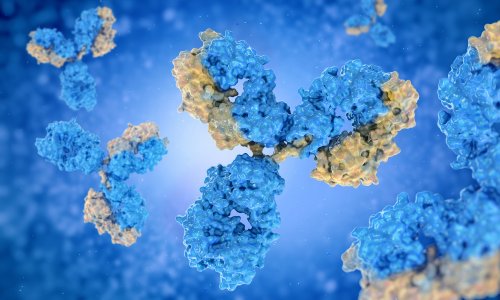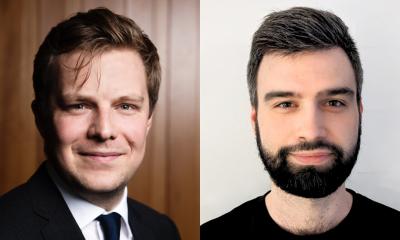News • Study on meth, cannabis, cocaine and opiate use
Illicit drugs linked with atrial fibrillation
Methamphetamines, cocaine, opiates, and cannabis are associated with an increased likelihood of developing atrial fibrillation, according to an 11-year study in more than 23 million adults.

Image source: JJ Cunning, Cocaine under UV light 03, CC0 1.0
The research was published in European Heart Journal, a journal of the European Society of Cardiology (ESC).
Risks of the heart rhythm disorder were elevated in illicit drug users regardless of established predisposing factors including age, obesity, tobacco use, alcohol abuse, heart disease, and diabetes. “This was the first large, long-term study examining the relationship between methamphetamines, cocaine, opiates, cannabis and atrial fibrillation,” said study author Professor Gregory Marcus of the University of California, San Francisco, US. “All four drugs were associated with higher risks of developing atrial fibrillation than many conventional risk factors including high cholesterol and diabetes. This indicates that avoiding these substances could help prevent the condition.”
Atrial fibrillation is the most common heart rhythm disorder worldwide.1 Symptoms include palpitations, shortness of breath, fatigue, and difficulty sleeping. Atrial fibrillation increases the risk of stroke by five times. The condition is associated with a two-fold increased risk of death in women and a 1.5-fold increase in men. Alcohol and tobacco smoking have each been associated with a heightened risk of atrial fibrillation, but relationships with other drugs are poorly understood.
Recommended article

Article • Heroin, fentanyl, carfentanyl
Mass Spec detects illicit drugs
As a synthetic opioid approved for treating severe pain, fentanyl has shown clear medical benefits. However, in recent years, continuous abuse of fentanyl and its derived analogues substances has become a major public health issue – overdoses and deaths associated with illicitly-manufactured fentanyl rose dramatically.
The study was conducted using databases of the Office of Statewide Health Planning and Development. The analysis included all adults in California who were free of atrial fibrillation and received care in an emergency department, same-day surgery unit, or hospital from 1 January 2005 to 31 December 2015. The study included 23,561,884 participants. Of those, 98,271 used methamphetamine, 48,700 used cocaine, 10,032 used opiates, and 132,834 used cannabis. A total of 998,747 participants (4.2%) developed incident atrial fibrillation during the 11-year study.
The researchers analysed associations between the use of each substance and a new diagnosis of atrial fibrillation after adjusting for factors that could influence the relationship, including age, sex, obesity, tobacco use, alcohol abuse, income, high blood pressure, dyslipidaemia, diabetes, and coronary artery disease. The use of methamphetamines was associated with a nearly doubled risk of incident atrial fibrillation, with a hazard ratio of 1.86. The corresponding hazard ratios for opiates, cocaine, and cannabis were 1.74, 1.61, and 1.35, respectively. Professor Marcus said: “Although the link was weakest for cannabis, it was still associated with a higher likelihood of a new atrial fibrillation diagnosis than known risk factors such as dyslipidaemia and diabetes, which had hazard ratios of 1.26 and 1.24, respectively. Cannabis use carried a similar relative risk of incident atrial fibrillation as tobacco use, which had a hazard ratio of 1.32.”
The researchers also investigated the impact of the number of drugs and frequency of use. Participants using two or more illicit drugs were 1.63 times more likely to develop atrial fibrillation than single drug users. Regarding frequency, drug dependent participants had a similar risk of atrial fibrillation as episodic users.
Professor Marcus said: “In an analysis of unprecedented size, we have shown that users of illicit drugs were at substantially greater risks of atrial fibrillation compared with non-users. More than 60% of atrial fibrillation patients have significantly impaired quality of life, and strokes related to the condition are often fatal or disabling.1 As some regions take steps towards legalising recreational cannabis and adopting more lenient laws on the use of other illicit drugs, our research suggests caution and the importance of disseminating information on the potential harms.”
Reference:
Source: European Society of Cardiology
18.10.2022











